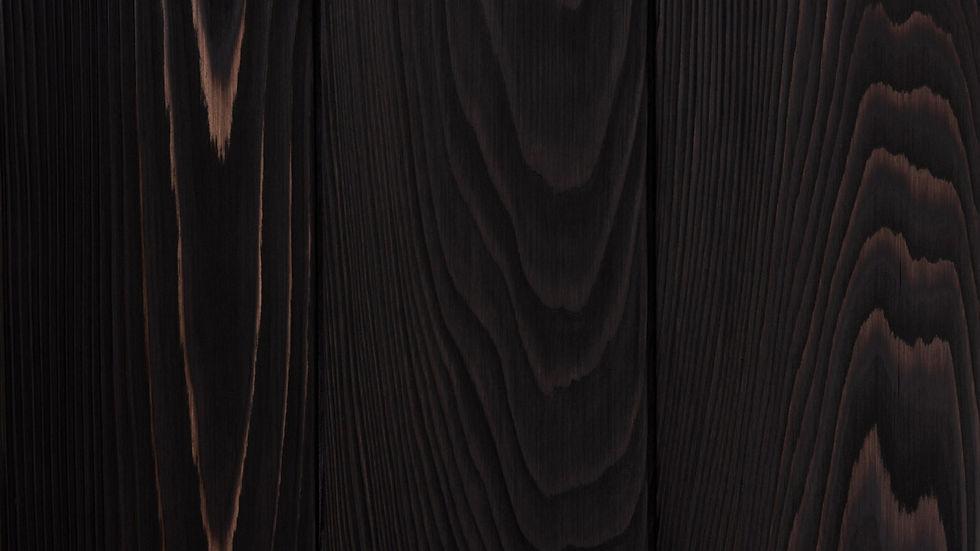If your current house make you feel trapped indoors when the weather is beautiful, creating a connection to the outdoors may help you feel comfortable. As summer approaches, the landscape in the Vancouver area becomes lush with green, and you may want a home design that brings the outdoors to the indoors. Hiring an architect to design either a renovation or a new house can create an indoor-outdoor connection that allows you to enjoy more of the beautiful North Shore or other Metro Vancouver greenery from indoors.
Big Windows
Many think that a high-performance house (net zero or Passive House) can't have large windows. This isn't true, but there are three things to remember.
First, the windows will need to be very high-performance models; this means a carefully-selected solar heat gain coefficient, a very low U-value (high insulation property), and incredibly airtight. It will be triple-glazed, but triple-glazing alone tells you very little about how well the window will perform. Look for Passive House-certified windows; there are five window manufacturers in the Lower Mainland of BC that make such windows.
Second, the location of your windows will be perfectly strategic. To keep your heating, cooling, and overall construction costs down, each window should provide as much as possible both view and light for as much of the interior as possible. A daylighting strategy as described in my article "Daylighting Design for a Happier Space" establishes the best use of windows.
Third, window areas must grouped together as much as possible. In other words, one big window performs better than several smaller windows with the same total amount of glass because the window frame is the poorest performing part of the window.
Natural Materials
The interior walls of nearly every home are painted drywall, some walls have tile, and some luxurious homes have marble or other stone. That finish can feel cold, institutional, or boring.

Wood paneling of the 70s and 80s has thankfully fallen out of favour - especially since it all seems to have been walnut-print laminate or thin hardboard - and few people are finishing the walls in luxurious hardwoods found in government buildings or old castles. However, accent walls that are either finished in hardwood veneer or show exposed CLT (cross-laminated timber) have a softer, warmer visual 'feel'. The corridor walls of the Vancouver Convention Centre are lined with panelized product of BC hemlock blocks robotically assembled. Shou sugi ban (AKA yakisugi) is a scorched-wood process and product that will give you blackened and/or colourful patterning in the wood.

Thin veneer stone products such as those from Mutual Materials or IXL Building Products provide a sturdier surface that still shows natural materials. Cultured stone is often used as an interior accent finish, but exterior masonry (stone or brick) products can be used as interior finishes. They are more effective when shown as a continuation of an exterior wall.

Companies in the Lower Mainland of BC such as Architek or Green Over Grey provide design solutions for green walls if you want actual plants indoors. Moss walls are an alternative, but they are dead plant material adhered with smelly adhesives.

Weathering steel (e.g. Corten) has been increasingly popular over the past decade or two and can be installed indoors as a treated, pre-seasoned finish. Weathering steel is so called because it is designed to develop a patina (rust) which stops further corrosion. The rust coating can be created prior to installation, and a protective sealant can be applied to prevent the rust from rubbing off. Similarly, copper may be oxidized ("aged") to a green or blue patina and installed in the same way.
If you would like to discuss more of what you want in either renovating your home or designing a new house, I offer a free 30-minute phone call in which you will learn the best next steps to take to get forward movement on your house project; it's called the Diagnostic Session, and you can book it right now using the button below.
Comments